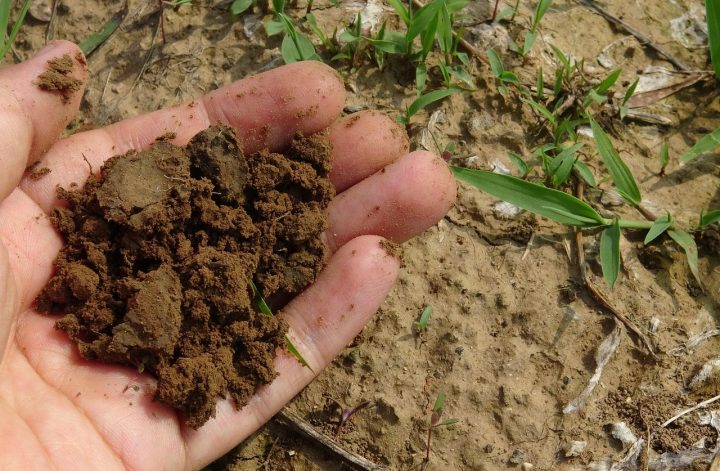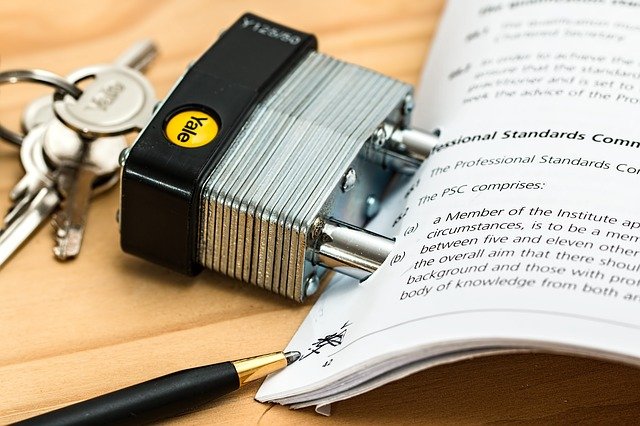Composting is a fantastic way to transform household waste into nutrient-rich soil amendment, benefiting both your garden and the environment. By diverting organic materials from landfills, you reduce methane emissions and create a valuable resource for your plants. This article will guide you through the simple steps of making compost at home.
1. Gather Your Materials: The key to successful composting lies in achieving the right balance of “greens” and “browns.”
Greens (Nitrogen-rich): These materials are typically moist and decompose quickly.

Examples include:
- Fruit and vegetable scraps
- Coffee grounds and tea bags (paper removed)
- Grass clippings (in moderation)
- Plant trimmings
Browns (Carbon-rich): These materials are dry and decompose slowly.
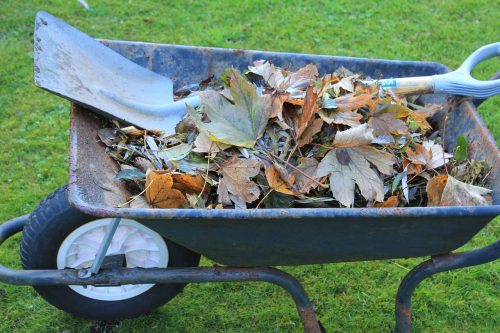
Examples include:
- Dried leaves
- Shredded newspaper and cardboard
- Straw and hay
- Wood chips and sawdust (untreated)
Avoid materials:
- Meat, fish, and dairy products (attract pests and create odors)
- Oils and fats (slow decomposition and attract pests)
- Pet waste (potential pathogens)
- Diseased plants (can spread disease)
- Treated lumber or chemically treated yard waste.
2. Choose Your Composting Method: There are several methods for home composting, depending on your space and preferences.
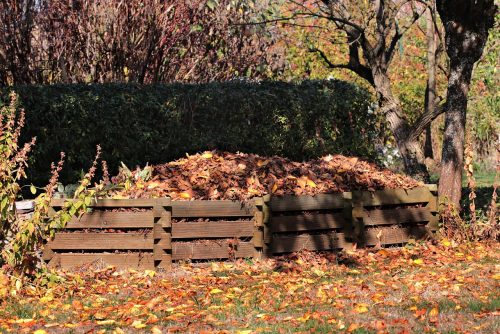
- Compost Pile: The simplest method, suitable for larger yards. Build a pile directly on the ground, layering greens and browns.
- Compost Bin: A contained system that helps retain moisture and heat, accelerating decomposition. Bins can be purchased or built from materials like plastic or wood.
- Tumbler: A rotating bin that makes turning the compost easier, speeding up the process.
- Vermicomposting (Worm Composting): Uses worms to break down organic matter. Ideal for small spaces, like apartments.
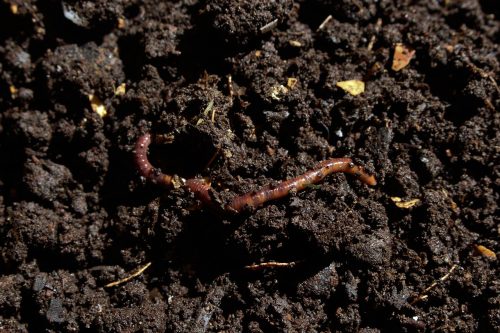
3. Build Your Compost Pile/Bin:
- Start with a layer of browns at the bottom for drainage and aeration.
- Add a layer of greens, followed by another layer of browns.
- Continue layering, alternating greens and browns, like a lasagne.
- Aim for a ratio of approximately 2:1 or 3:1 browns to greens. This ratio helps maintain the proper balance of carbon and nitrogen.
- Moisten the pile as you build it. The compost should be moist like a wrung-out sponge.
Check Out: What is Biochar? Applications, Pros and Cons
Waste to Wealth: Pakistan’s Untapped Economic Opportunity
4. Turn Your Compost:
- Turning the compost regularly is essential for aeration, which promotes decomposition.
- Use a garden fork or shovel to turn the pile every few days or once a week.
- Tumblers make turning easier.
- Turning introduces oxygen, and helps to distribute moisture.
- This also helps to distribute the microbes that are breaking down the material.
5. Maintain Proper Moisture:
- The compost should be consistently moist but not soggy.
- Water the pile as needed, especially during dry periods.
- Cover the pile during heavy rain to prevent it from becoming waterlogged.
6. Monitor Temperature:
- A healthy compost pile will heat up as microbes break down the organic matter.
- The ideal temperature range is between 130°F and 160°F (55°C and 70°C).
- This “hot composting” kills weed seeds and pathogens.
- If the pile is not heating up, it may be too dry, lacking nitrogen, or not aerated enough.
7. Harvest Your Compost:
- The composting process can take anywhere from a few weeks to several months, depending on the method and conditions.
- Finished compost will be dark brown, crumbly, and have an earthy smell.
- Sift the compost to remove any large pieces.
- Use the compost as a soil amendment in your garden, mixing it into the soil or using it as a top dressing.
- The compost is ready when you can no longer identify the original materials.
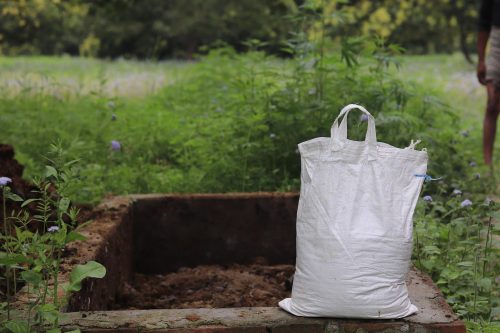
Benefits of Home Composting:
- Reduces landfill waste.
- Enriches soil with nutrients.
- Improves soil structure and water retention.
- Reduces the need for chemical fertilizers.
- Helps to suppress plant diseases.
- It is a cost effective way to improve your garden.
By following these simple steps, you can create your own nutrient-rich compost and contribute to a healthier environment. Happy composting!
Also Check Out: Global Food Waste Problem- Causes, Effects and Solutions
10 Easy Practical Ways To Make Your Home More Eco-Friendly
We hope you all liked this post! Please, comment below if you have any suggestions, comments, or feedback! We #envpk love hearing from our readers! Thanks!

